Church of Sant'Ercolano
Near the modern cemetery of present-day Ostia Antica is the small Church of Saint Herculanus. It seems to have been built in the fourth or fifth century. To this early phase belong bricks and small tufa stones (opus vittatum) in the lower part of the building. We know of the martyrdom of a soldier called Herculanus in Ostia, in the third century during the reign of Claudius II Gothicus. The reports (Acta Martyrum, Acta Sanctorum) say that he was buried in Portus, but it is still possible that the church was dedicated to this martyr. The majority of the Christian inscriptions of Ostia was found near this church.
Just outside the church are tombs "alla cappucina", covered with large tiles or bricks arranged in the form of a double-pitched roof. These have been dated to the first and second century AD. These funerary structures were reused in the early Middle Ages for the construction of parallel tombs, arranged on several overlapping planes (formae).
In the church some colonists from Ravenna - the people who arrived in 1884 and started draining the malaria-infested marshes near Ostia and Fiumicino - were buried, and also the archaeologists Dante Vaglieri, Italo Gismondi, Guido Calza with his first wife Rina, Calza's second wife Raissa Calza-Gourevitch, Renato Bartoccini (pupil of Dante Vaglieri) and Giovanni Becatti.
Photos
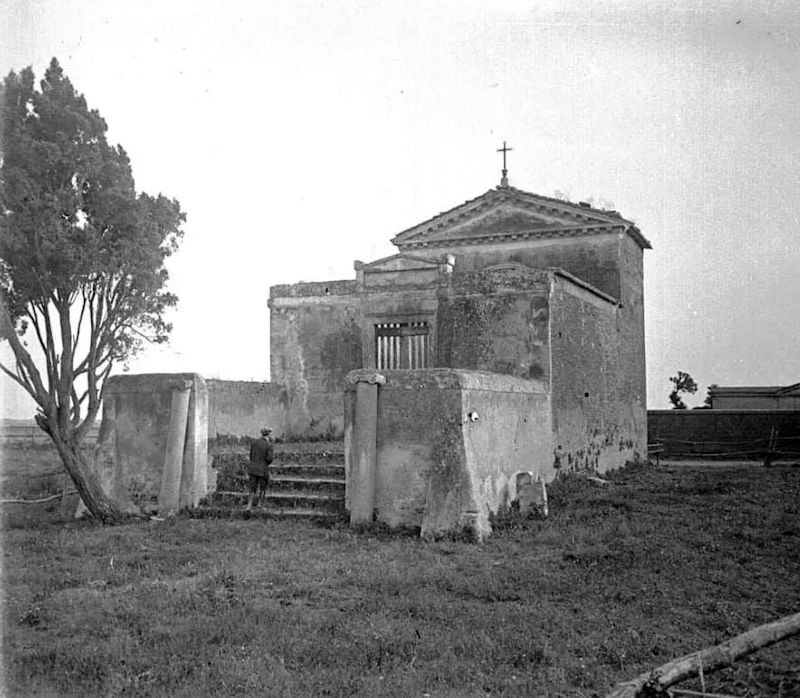
The church in 1908. Photo: Parco Archeologico di Ostia Antica.

The church and the modern cemetery in 1926. From De Nisi 1982, fig. on p. 39.
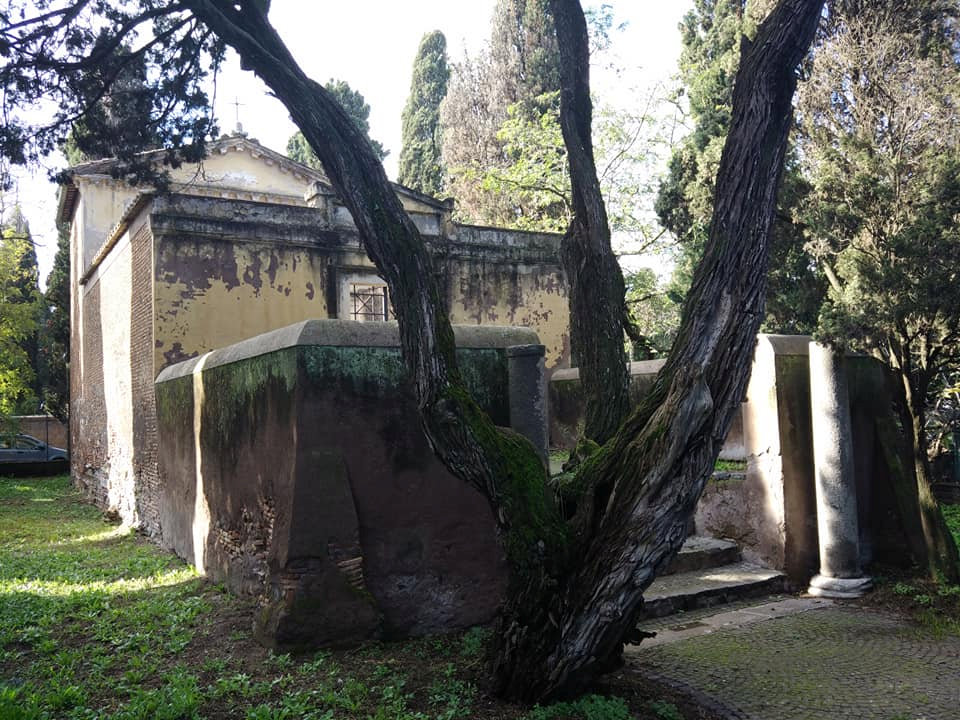
Photo: Stefania Gialdroni.
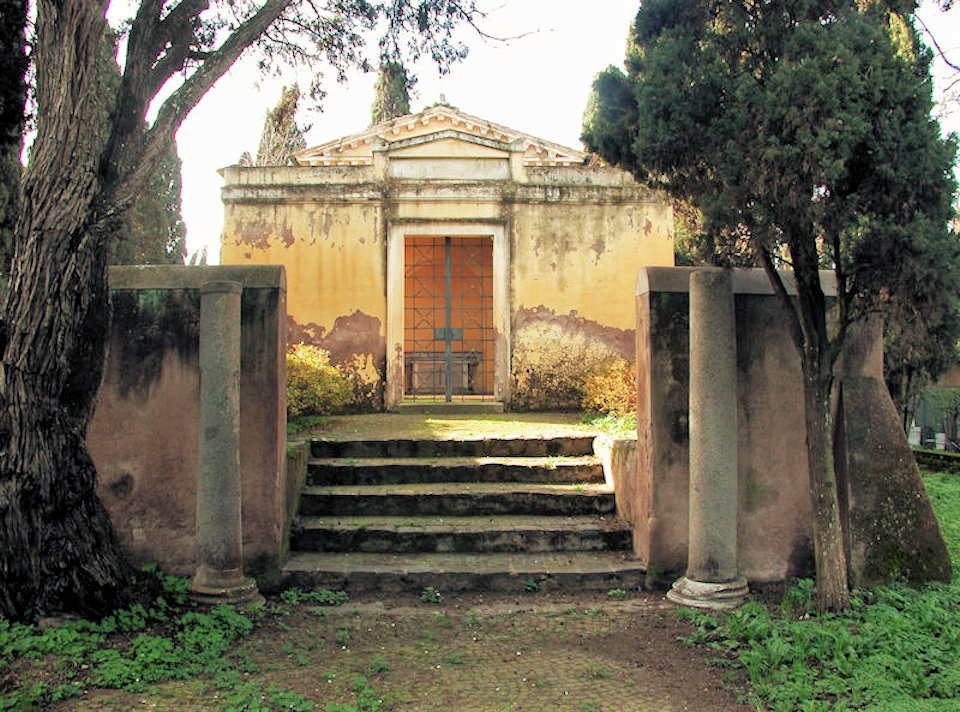
Photo: Parco Archeologico di Ostia.
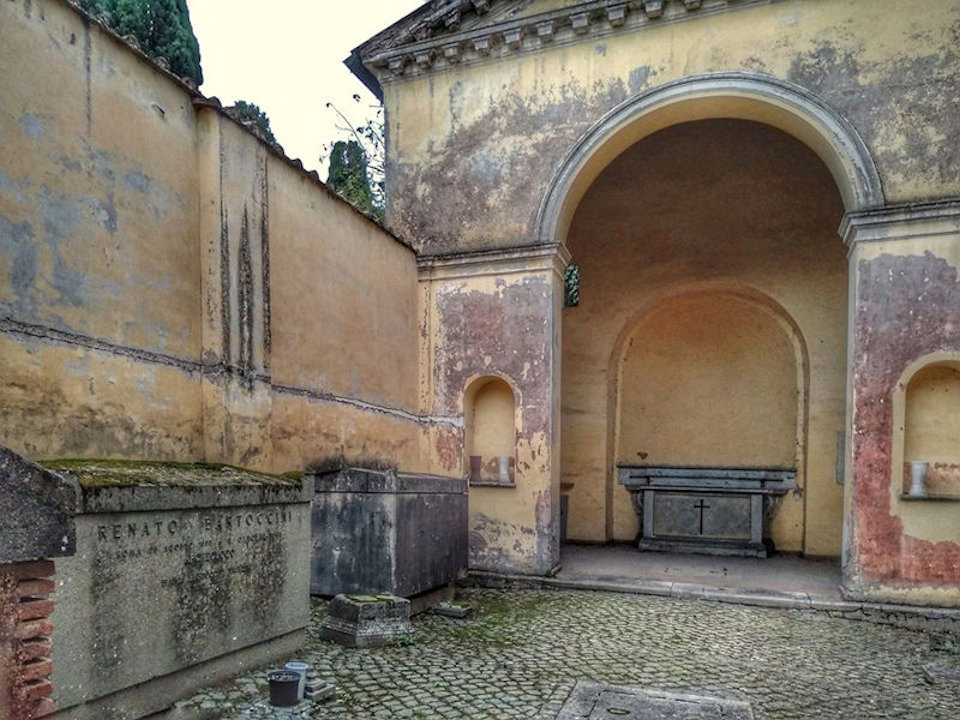
Photo: Parco Archeologico di Ostia Antica.
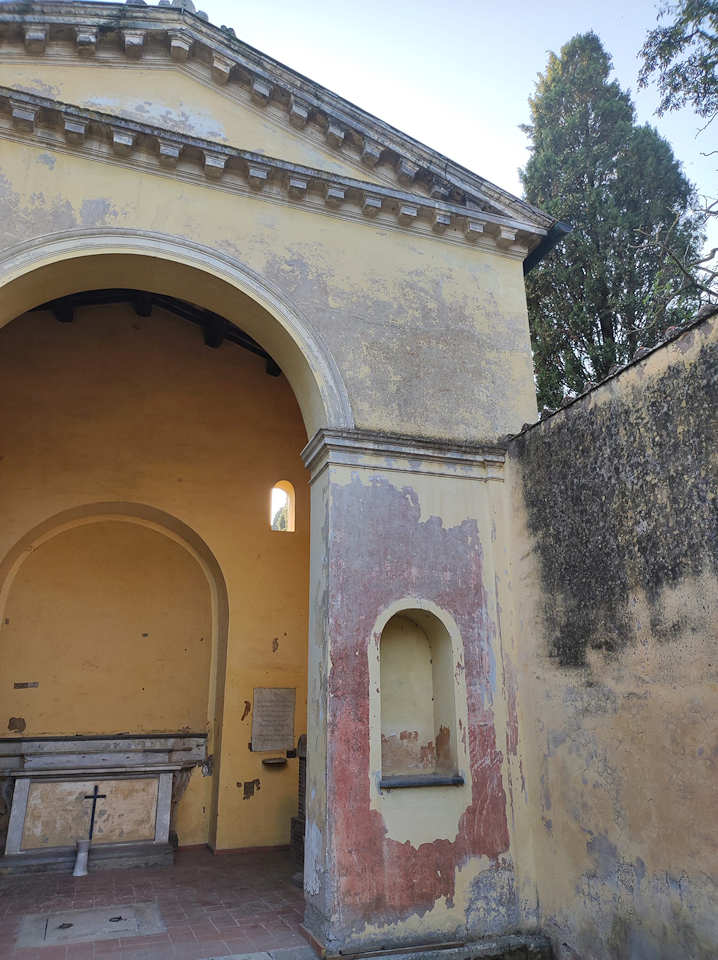
Photo: Parco Archeologico di Ostia Antica.
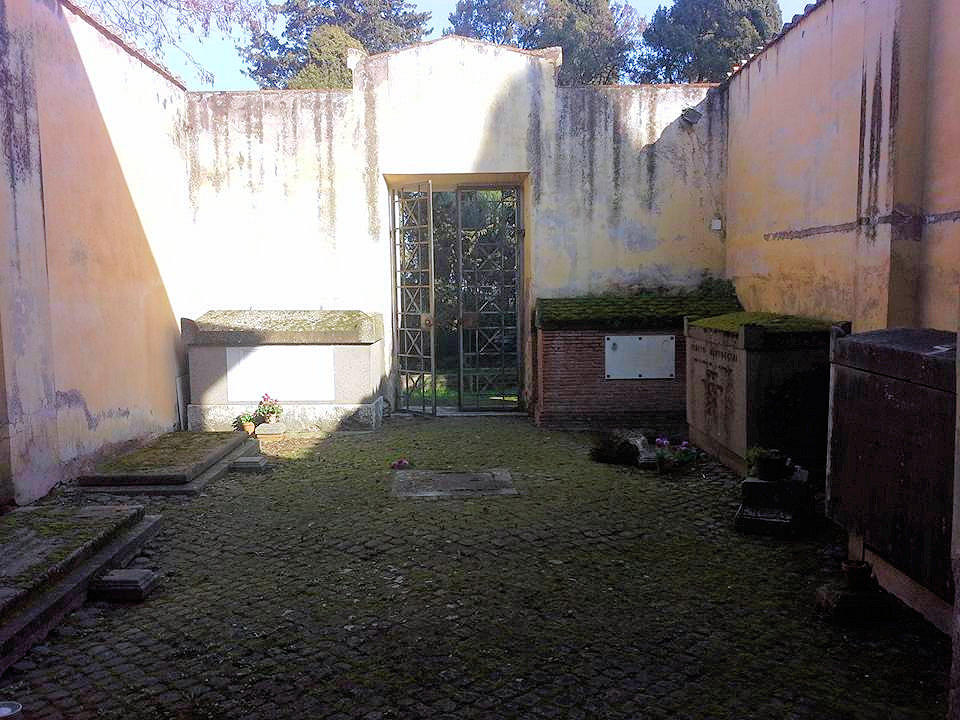
Photo: Laura Siciliano.
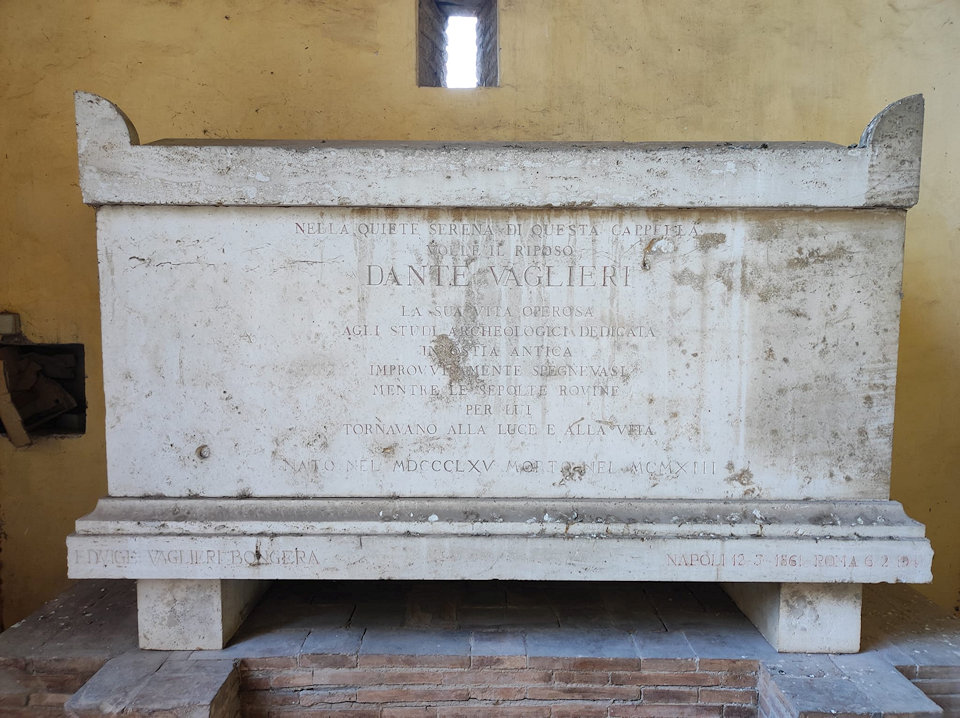
The sarcophagus of Dante Vaglieri. Photo: Parco Archeologico di Ostia Antica..
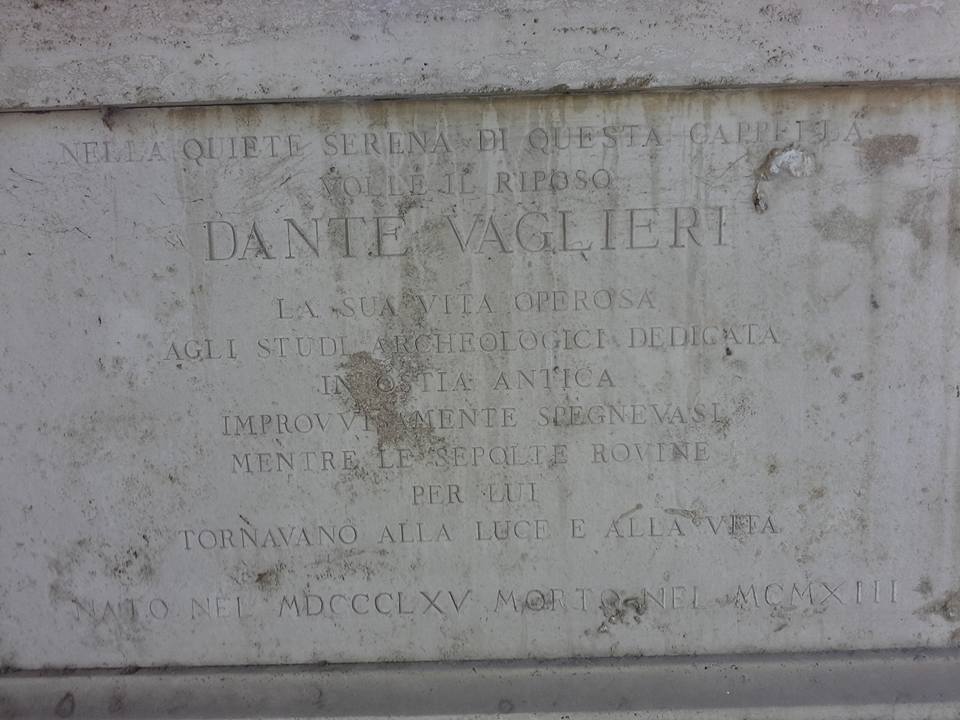
The sarcophagus of Dante Vaglieri - detail. Photo: Laura Siciliano.
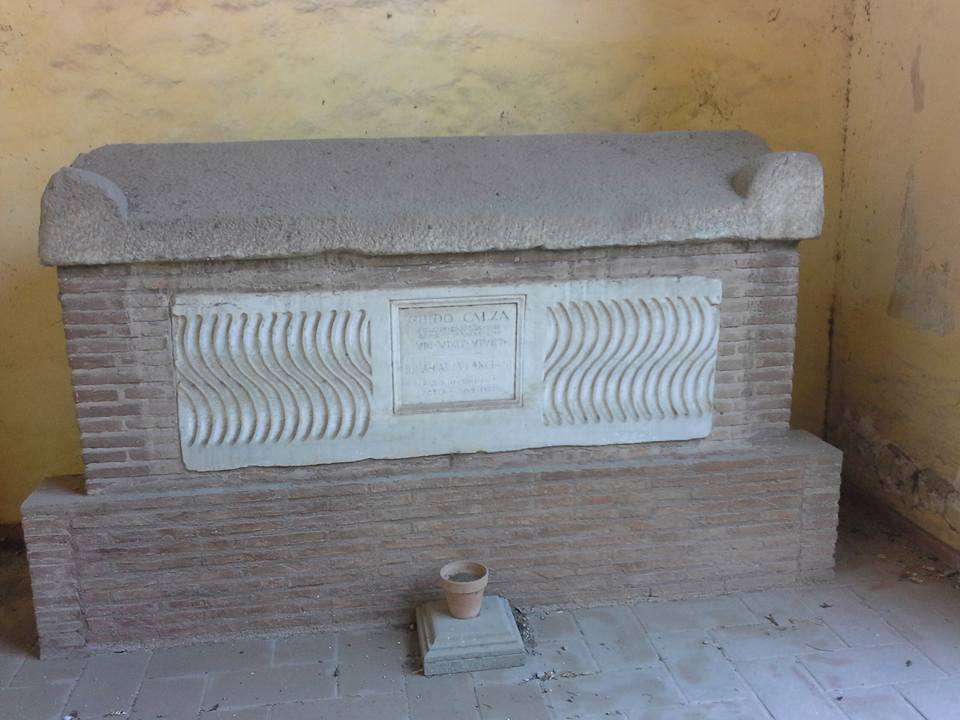
The sarcophagus of Guido Calza and his first wife Rina (married 10 September 1914). Photo: Laura Siciliano.

The sarcophagus of Guido Calza - detail. Photo: Laura Siciliano.
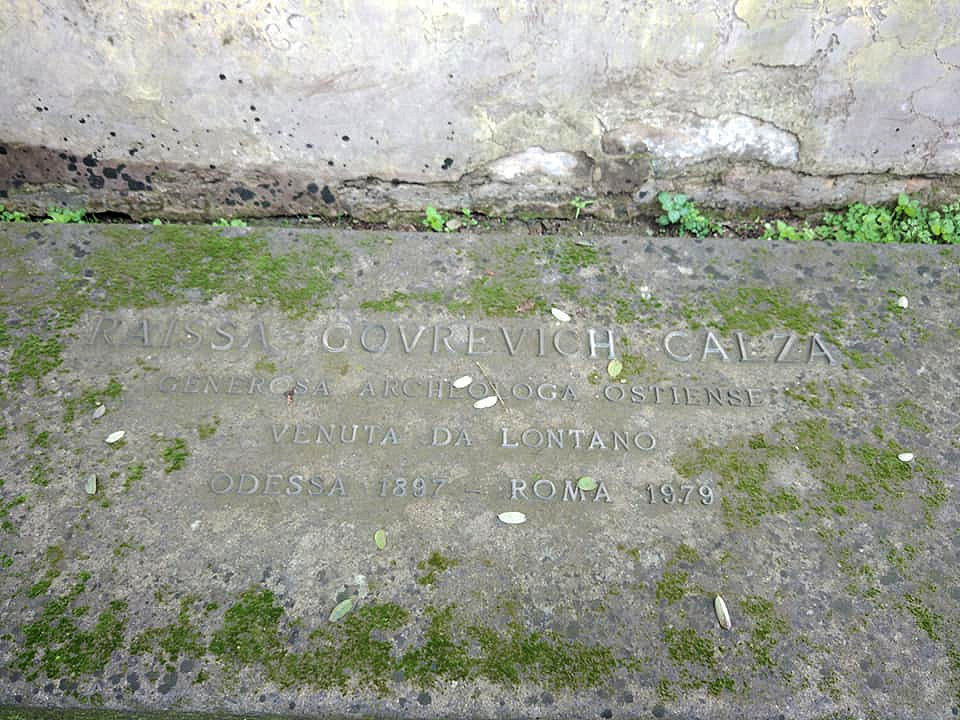
The funerary inscription of Raissa Calza-Gourevitch. Photo: Stefania Gialdroni.
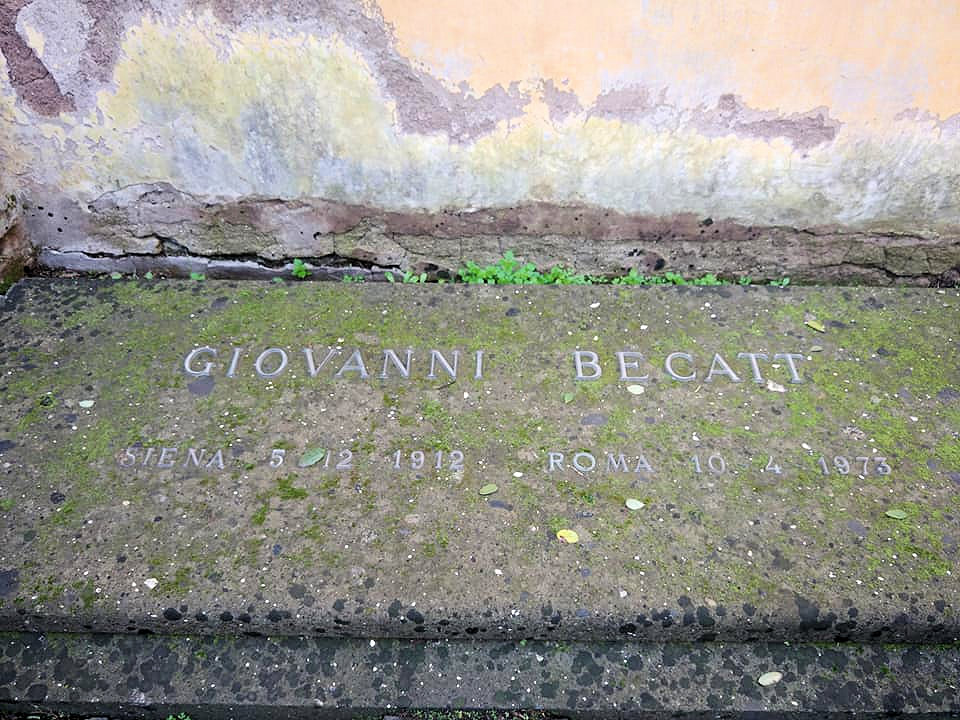
The funerary inscription of Giovanni Becatti. Photo: Stefania Gialdroni.
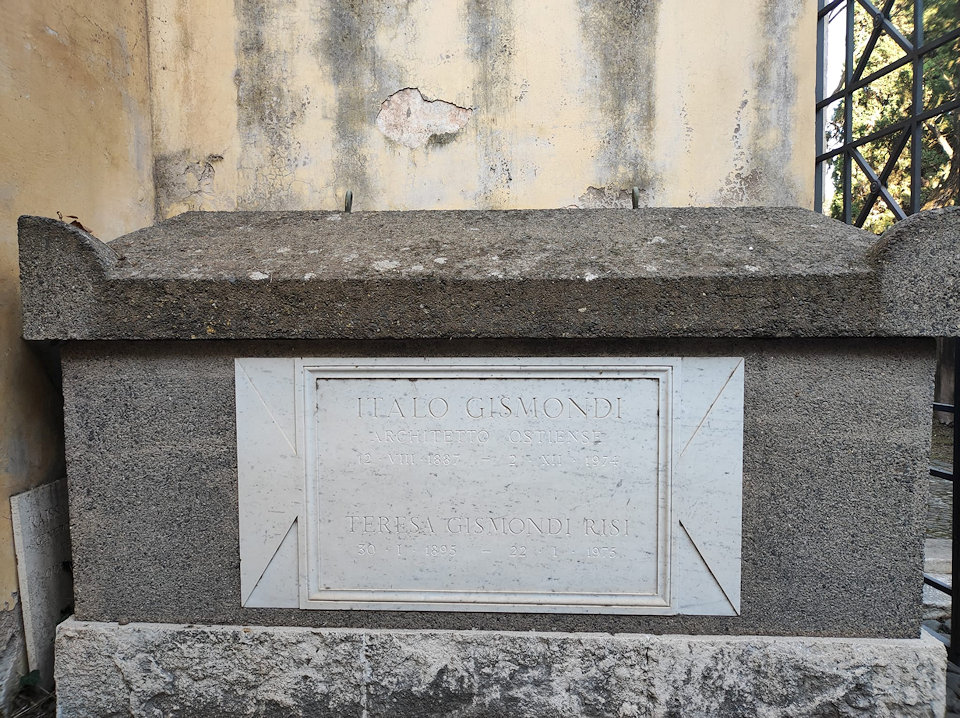
The funerary inscription of Italo Gismondi and his wife Teresa. Photo: Parco Archeologico di Ostia Antica..
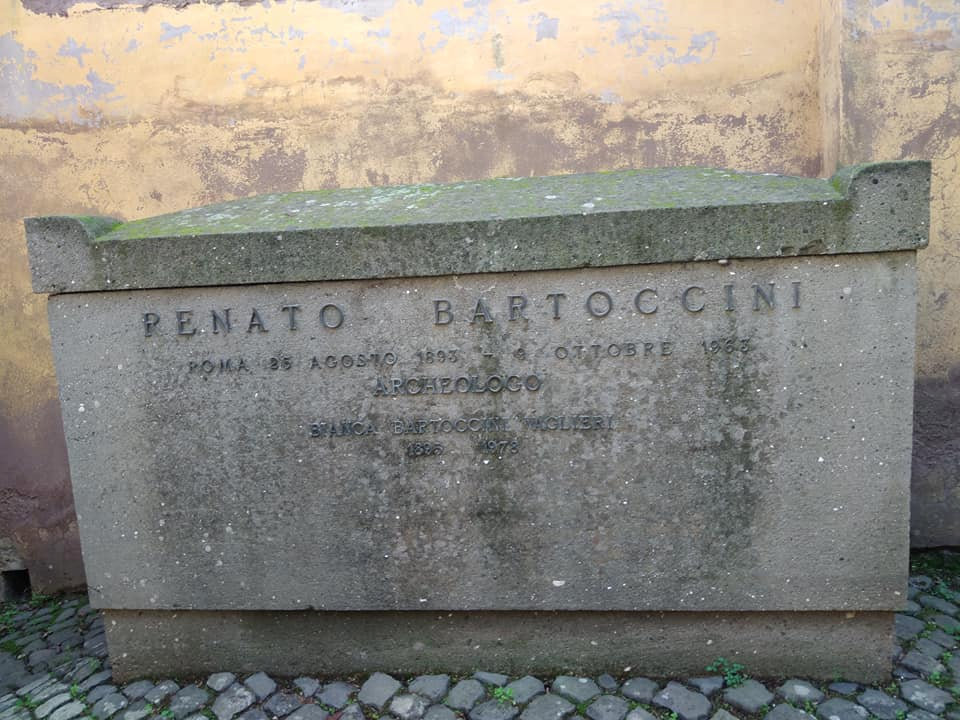
The sarcophagus of Renato Bartoccini and his wife Bianca Vaglieri. Photo: Stefania Gialdroni.
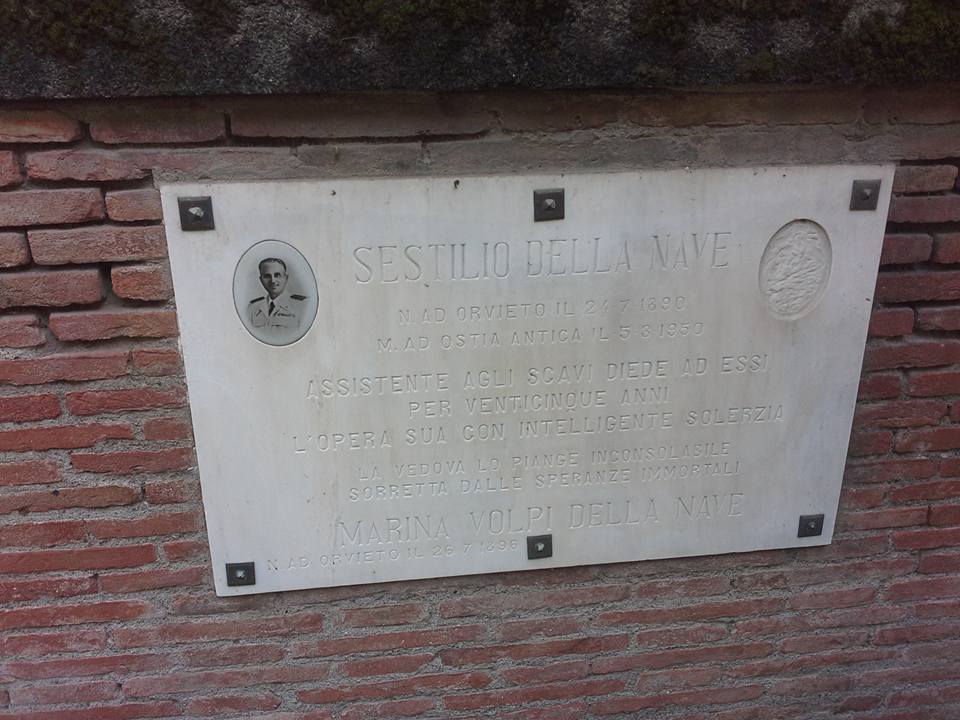
The funerary inscription of Sestilio Della Nave. Photo: Laura Siciliano.
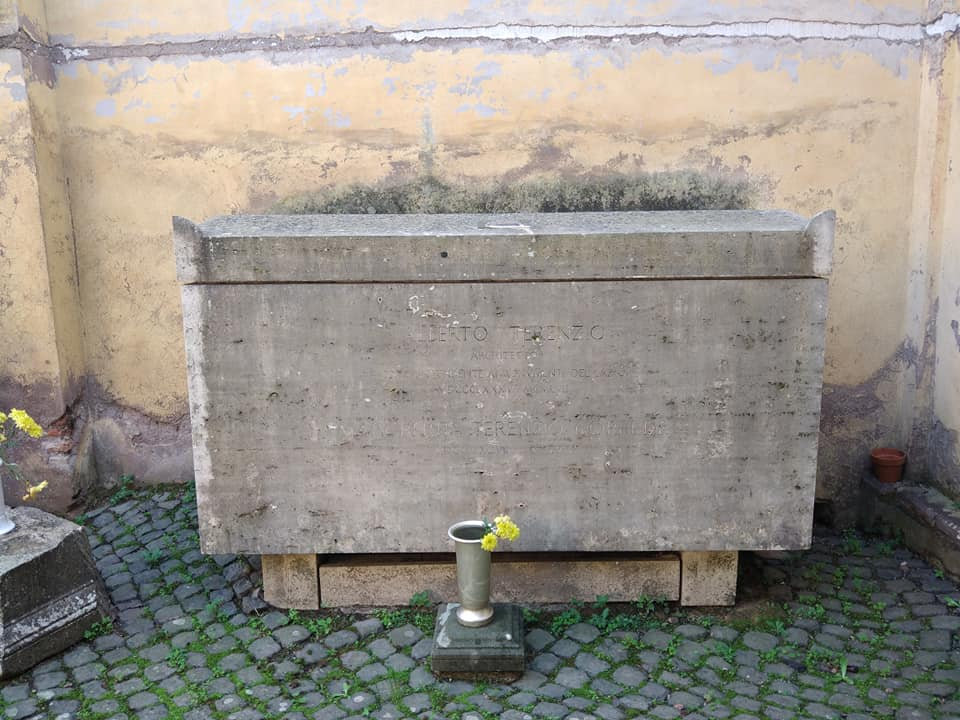
The sarcophagus of Alberto Terenzio and his wife Margherita. Photo: Stefania Gialdroni.
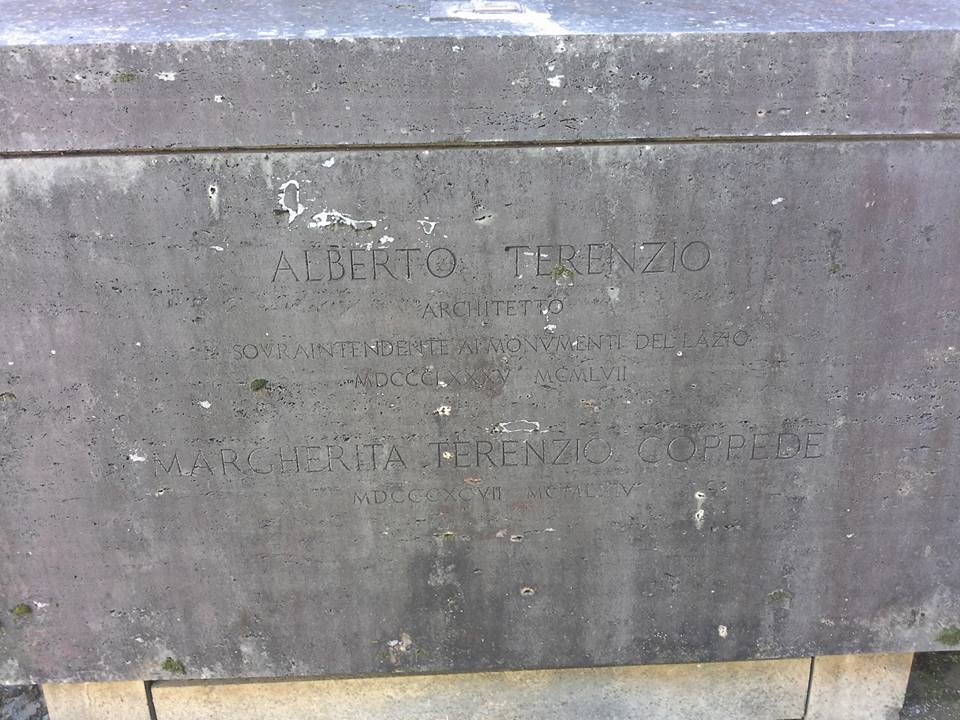
The sarcophagus of Alberto Terenzio and his wife Margherita - detail. Photo: Laura Siciliano.
Literature
- G. Calza, "Ostia - Scoperta di due piccole tombe presso il Cimitero di S. Ercolano", NSc 1919, 70-73.
- E. Loreti, "Ostia Antica: Sant'Ercolano - Scavi in area di necropolis", Bollettino di Archeologia 4-6 (1990), 83-84.
- P. Pergola, "Lo scavo di S. Ercolano ad Ostia antica. Relazione preliminare delle campagne 1988 e 1989", Archeologia laziale 10 (1990), 173-176.
- S. Pannuzi, "Recenti indagini archeologiche nel territorio ostiense. La chiesa di S. Ercolano", V. Congr. naz. di arch. medievale, Borgo S. Lorenzo 2009, 444-448.
- R. Ruotolo, "Prime considerazioni su alcuni resti musivi inediti provenienti dalla cappella di S. Ercolano ad Ostia Antica", Atti del XXIII colloquio dell'AISCOM, Roma 2018.